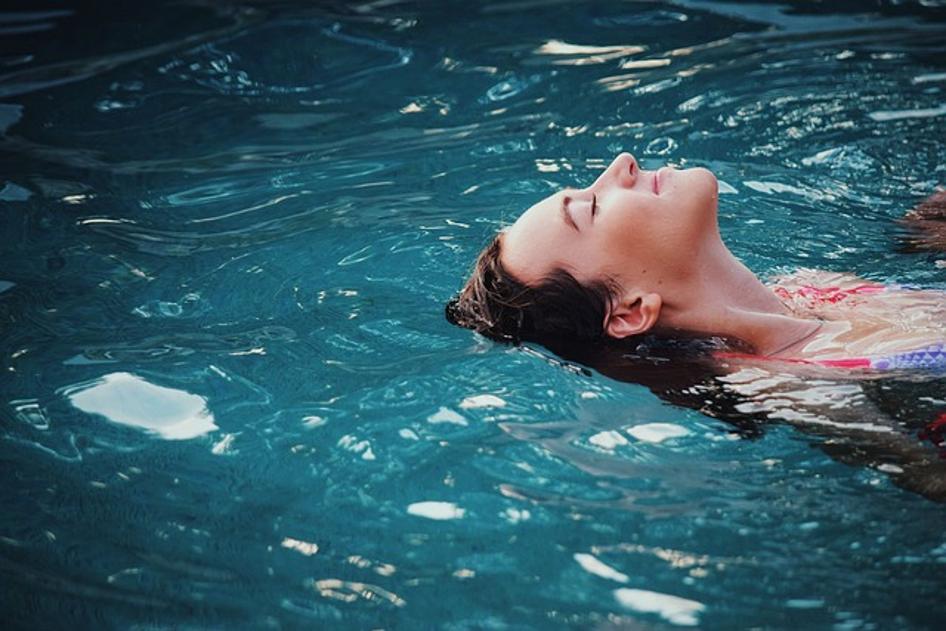What is a Swimming Cap For? Understanding the Benefits and Uses
Introduction
Swimming caps are essential accessories for swimmers of all levels. These versatile items offer numerous benefits, from boosting performance to protecting your hair. Whether you’re a competitive swimmer or someone who enjoys a casual dip, understanding the purpose and advantages of swimming caps can enhance your swimming experience. This comprehensive guide delves into what swimming caps are for, their history, types, and much more.

History and Evolution of Swimming Caps
The journey of swimming caps dates back to the early 20th century. Originally made from rubber, these caps were designed primarily for women to keep their hair dry. Over the decades, swimming caps have evolved significantly in terms of material, design, and functionality.
Early versions were bulky and not very comfortable, but advancements in technology introduced more user-friendly materials like latex and silicone. Today, swimming caps are not just about keeping hair dry; they serve multiple functions, from enhancing hydrodynamics to promoting safety. The evolution reflects the growing awareness of the various needs and benefits associated with swimming caps.

Primary Purposes of Swimming Caps
Swimming caps serve various functions that benefit swimmers in multiple ways. Here are the primary purposes:
Speed and Hydrodynamics Enhancement
One of the most critical advantages of wearing a swimming cap is the reduction of water resistance. Caps minimize drag by creating a smoother shape for the head, allowing swimmers to glide through the water more efficiently. This hydrodynamic improvement can make a significant difference in competitive settings.
Hair and Scalp Protection from Chlorine and Chemicals
Swimming pool water contains chlorine and other chemicals that can damage hair and irritate the scalp. A swimming cap acts as a barrier, reducing exposure to these harsh substances. This is particularly beneficial for frequent swimmers who spend a lot of time in the pool.
Temperature Regulation: Keeping Warm or Cool
Swimming caps help regulate temperature, keeping the head warm in cold water and cool in warm water. This is particularly useful for open water swimmers who face varying water temperatures.
Visibility and Safety in Open Water
In open water swimming, visibility is crucial for safety. Brightly colored swimming caps make swimmers more visible to boats, lifeguards, and fellow swimmers. This increased visibility can prevent accidents and ensure a safer swimming environment.
Team Identity and Unity
For competitive swimming teams, caps are a way to showcase team identity and unity. Customized caps with team logos or colors not only foster a sense of belonging but also make it easier to identify team members during competitions.
Types of Swimming Caps and Their Benefits
Swimming caps come in various materials, each offering distinct advantages. Here are the main types:
Latex Swimming Caps
Latex caps are lightweight and offer a tight fit, making them popular for competitive swimmers. They are also relatively inexpensive, which makes them an accessible option for many. However, they can be less durable and may lose elasticity over time.
Silicone Swimming Caps
Silicone caps are known for their durability and comfort. They offer a snug fit without pulling on the hair and are resistant to chlorine damage. Silicone caps are slightly more expensive than latex ones but provide a longer lifespan and better protection.
Lycra/Polyester Swimming Caps
Lycra or polyester swimming caps are softer and more comfortable than latex or silicone caps. They are less likely to cause hair pulling and are ideal for swimmers looking for comfort over hydrodynamic performance. However, they don’t provide as much water resistance and are not suitable for competitive swimming.

How to Choose the Right Swimming Cap
Selecting the right swimming cap is crucial for maximizing comfort and performance. Here are some factors to consider:
Assessing Your Swimming Needs
Firstly, identify your primary reason for using a swimming cap. Are you looking for improved performance, hair protection, or simply want to keep your head warm? Knowing your needs will guide you in selecting the most suitable material and type.
Fit and Comfort: Finding the Perfect Size
Ensure that the cap fits well on your head. It should be snug but not too tight. A well-fitting cap will stay in place during your swim and offer maximum benefits. Trying on different sizes and types can help you find the perfect fit.
Special Features to Consider
Some caps come with additional features like ear pockets for added comfort or chin straps for a secure fit. Consider these special features based on your specific needs and preferences.
Caring for Your Swimming Cap
Proper care can extend the life of your swimming cap and maintain its benefits.
Cleaning and Maintenance Tips
Rinse your swimming cap with fresh water after each use to remove chlorine and other chemicals. Avoid using harsh soaps or hot water, as they can degrade the material. Allow your cap to air dry completely before storing it.
Proper Storage
Store your swimming cap in a cool, dry place away from direct sunlight. Avoid folding or creasing it, as this can create weak spots that may tear over time. Using a dedicated cap case can offer additional protection.
Conclusion
Swimming caps are indispensable for anyone who spends time in the water. From enhancing speed to protecting the hair and ensuring safety, these caps offer a myriad of benefits. By understanding their various types and purposes, you can make an informed choice that best suits your swimming needs. Proper care and maintenance will ensure that your cap remains effective for a long time.
Frequently Asked Questions
How do I put on a swimming cap easily?
To put on a swimming cap easily, stretch it with both hands and place it on your forehead first. Then, pull it back over your head in one smooth motion to cover your hair completely.
How often should I replace my swimming cap?
The frequency of replacement depends on usage and material. Latex caps may need replacing every 2-3 months, while silicone caps can last up to a year or more with proper care.
Can I use a swimming cap if I have long hair?
Yes, you can use a swimming cap if you have long hair. Look for caps that are designed to accommodate long hair, often labeled as ‘long hair’ or ‘extra-large’ caps.

